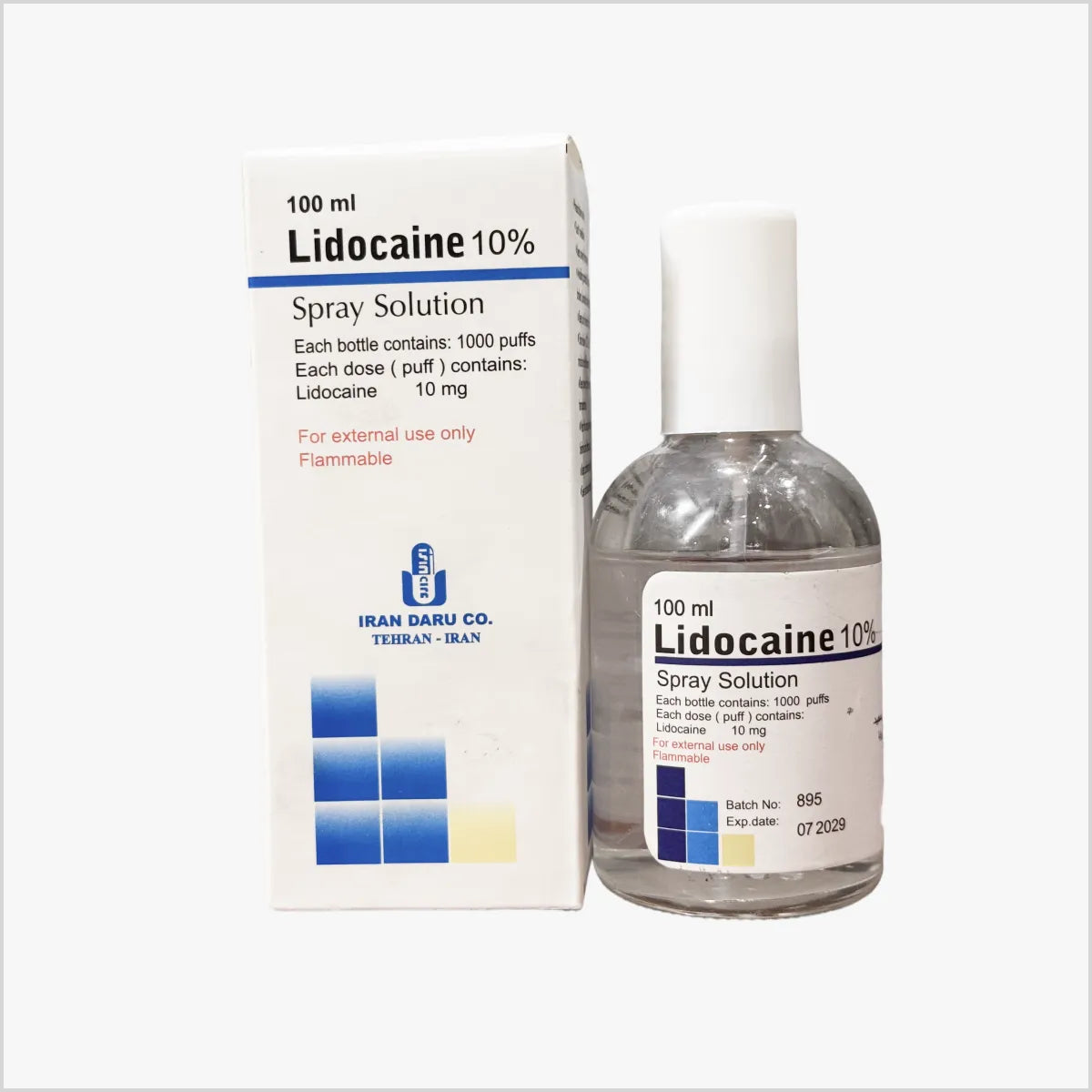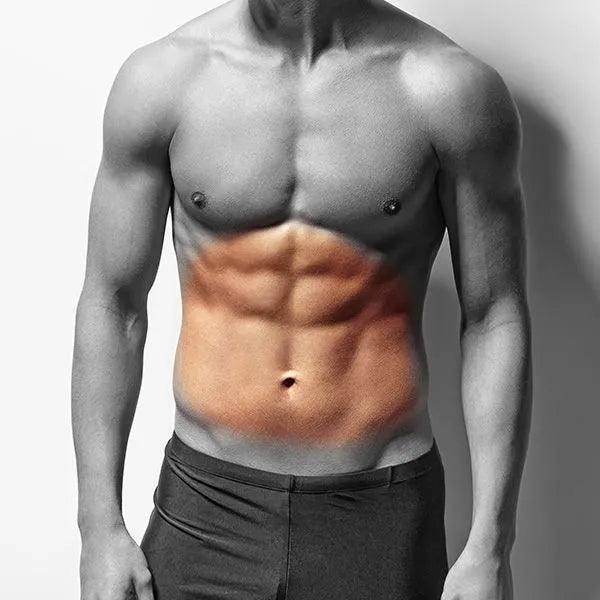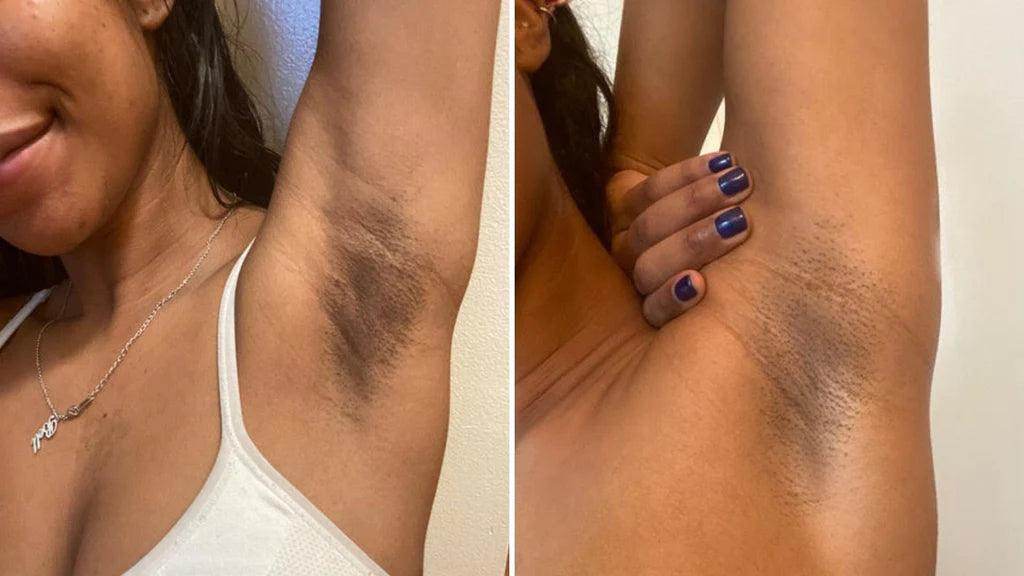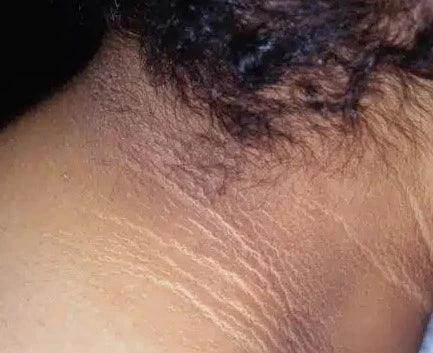🟢 Open: Monday to Saturday 2 to 8 PM. Location: House 59A, Block C1, Gulberg 3, Lahore.
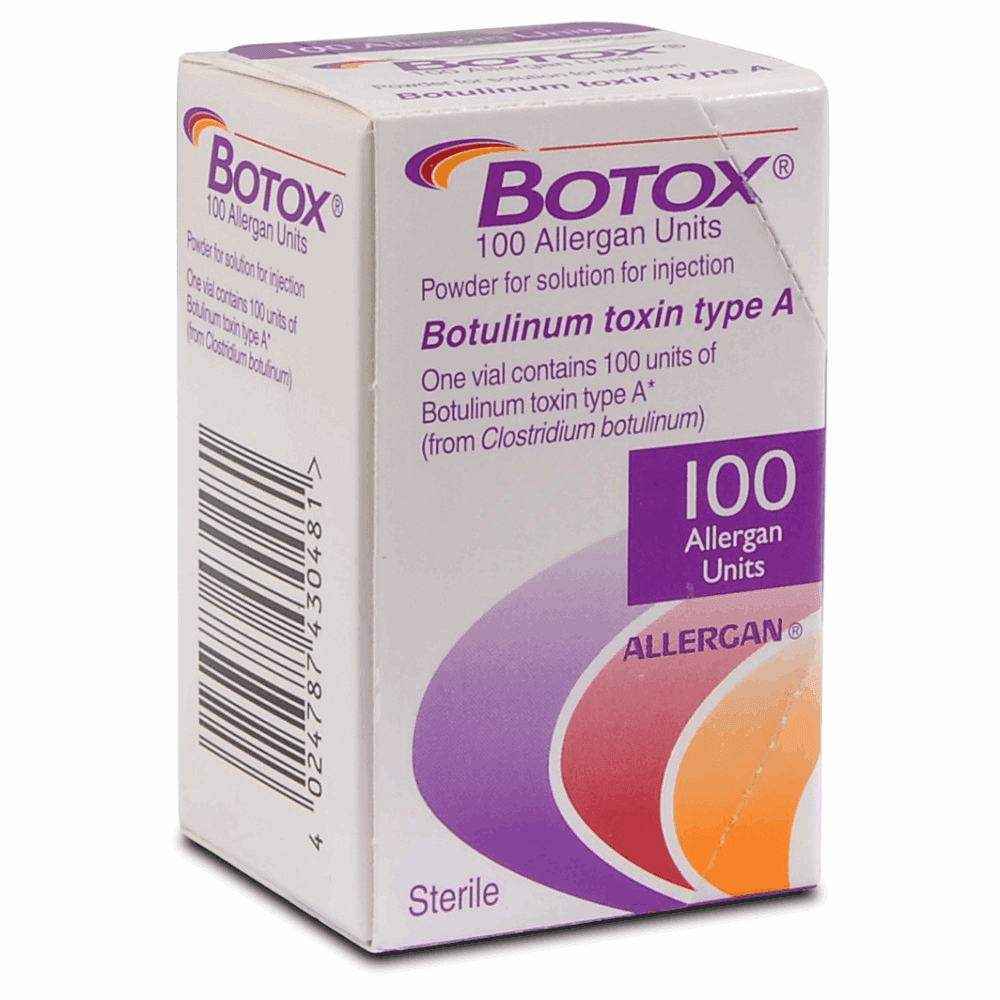

BOTOX® (botulinum toxin, type A) purified neurotoxin complex 100 IU
Painless, No Side Effects, Best & Natural-Looking Results on USA machines that are FDA & CE approved. Using patient focused AI approach.
These are imported products, actual prices may vary depending on dollar rate.
Only place one order per procedure. Multiple orders required for multiple procedures.
You must acknowledge that you have eaten within the last three hours to avoid low sugar and drank at least 500 ml of water in the past hour to avoid low BP.
Available at SKINFUDGE Gulberg (This service is performed on-site and isn't eligible for shipping.)
Usually ready in 4 hours
You may also like
Below are approximate dose ranges for common cosmetic treatments using Botulinum Toxin Type A (Botox):
Forehead and Frown Lines
1. Glabellar Lines (Frown lines between the eyebrows):
• Typical dose: 20-30 units (5 injection points).
• Key muscles: Corrugator supercilii and procerus.
2. Horizontal Forehead Lines:
• Typical dose: 10-20 units (varies by muscle strength).
• Key muscle: Frontalis.
• Note: Use lower doses to avoid brow ptosis.
Eye Area
3. Crow’s Feet (Lines around the eyes):
• Typical dose: 6-12 units per side (2-3 injection points per eye).
• Key muscle: Orbicularis oculi.
Lower Face
4. Bunny Lines (On the nose bridge):
• Typical dose: 4-8 units (2 injection points).
• Key muscle: Nasalis.
5. Gummy Smile:
• Typical dose: 2-6 units.
• Key muscle: Levator labii superioris alaeque nasi.
6. Lip Flip:
• Typical dose: 4-6 units.
• Key muscle: Orbicularis oris.
7. Marionette Lines (Corners of the mouth):
• Typical dose: 4-8 units.
• Key muscle: Depressor anguli oris.
8. Chin Dimpling:
• Typical dose: 4-8 units.
• Key muscle: Mentalis.
Neck and Jawline
9. Masseter (Jaw Slimming):
• Typical dose: 20-30 units per side (varies by muscle size).
• Key muscle: Masseter.
10. Platysmal Bands (Neck Rejuvenation):
• Typical dose: 20-50 units (2-4 bands).
• Key muscle: Platysma.
What is BOTOX® injection?
The injection contains a muscle relaxant obtained from the bacterium Clostridium botulinum.
What is in BOTOX® injection?
Each vial contains either 50 units (U), 100 U or 200 U of Clostridium botulinum toxin type A haemagglutinin complex as the active ingredient. It also contains human albumin and sodium chloride.
What it looks like?
The injection is supplied as a sterile white vacuum-dried powder in a clear glass vial. It is diluted before use with non-preserved, sterile 0.9% w/w sodium chloride injection.
How BOTOX® injection works
BOTOX® works by temporarily relaxing overactive or spastic (contracting) muscles. BOTOX® can also block signals to the sweat glands thus reducing excessive sweating (hyperhidrosis), and can also block the release of chemicals in the brain associated with the cause of pain (chronic migraine). When injected into the bladder wall, BOTOX® works on the bladder muscle to prevent leakage of urine (urinary incontinence).
It is used to treat medical conditions associated with overactive muscles:
- causing excessive eyelid blinking (blepharospasm) in patients twelve years and over
- of the face (hemifacial spasm and VIIth nerve disorders) in patients twelve years and over
- causing ‘lazy eye’ or squint (strabismus) in patients twelve years and over
- in the throat, causing a strained, strangled sounding voice or breathy voice with voice loss (spasmodic dysphonia)
- causing the head to be in an unusual posture or pain in the neck associated with twisting of the head (cervical dystonia)
- in children aged two years and older, causing altered and unnatural position or movements in the hand and arm as well as legs, including those muscles that cause abnormal ankle position and walking gait (juvenile cerebral palsy)
- in adults, causing focal spasticity in the hands, arms or legs (adult focal spasticity).
BOTOX® is also used:
- to treat overactive bladder in adults with leakage of urine (urinary incontinence), the sudden urge to empty your bladder and needing to go to the toilet more than usual when another drug (called an anticholinergic) did not help. BOTOX® has been shown to markedly reduce leakage of urine and improve the quality of life of patients suffering from leakage of urine due to overactive bladder.
- to treat leakage of urine (urinary incontinence) in adults with overactive bladder due to neurologic disease. BOTOX® has been shown to reduce leakage of urine and improve the quality of life of patients suffering from leakage of urine due to neurogenic bladder.
- to treat headaches occurring in adults with chronic migraine
- to treat excessive sweating from the armpit area
- to improve the look of vertical frown lines that appear between the eyebrows, lines around the eyes and on the forehead in adults.


